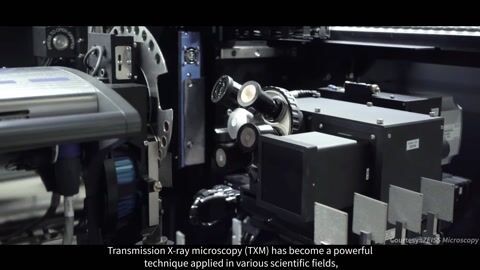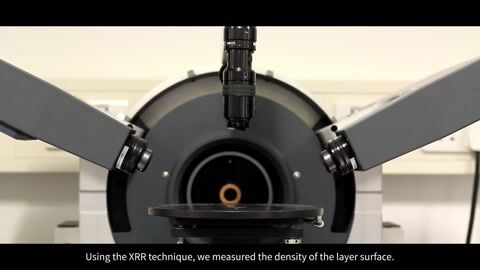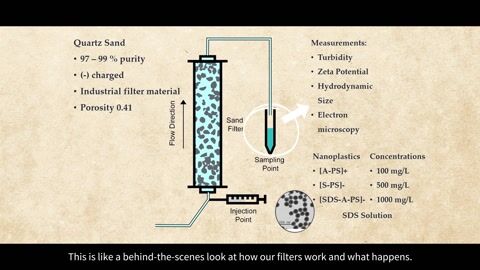You're using an outdated browser. Please upgrade to a modern browser for the best experience.
Synergizing Machine Learning Algorithm with Triboelectric Nanogenerators
- Subjects: Nanoscience & Nanotechnology
- |
- Contributors:
- Roujuan Li ,
- Di Wei ,
- Zhonglin Wang
Playlist
- triboelectric nanogenerator
- self-powered sensor
- machine learning
- deep learning
- algorithm
Video Introduction
This video is adapted from 10.3390/nano14020165
The advancement of the Internet of Things (IoT) has increased the demand for large-scale intelligent sensing systems. The periodic replacement of power sources for ubiquitous sensing systems leads to significant resource waste and environmental pollution. Human staffing costs associated with replacement also increase the economic burden. The triboelectric nanogenerators (TENGs) provide both an energy harvesting scheme and the possibility of self-powered sensing. Based on contact electrification from different materials, TENGs provide a rich material selection to collect complex and diverse data. As the data collected by TENGs become increasingly numerous and complex, different approaches to machine learning (ML) and deep learning (DL) algorithms have been proposed to efficiently process output signals. In this research, the latest advances in ML algorithms assisting solid–solid TENG and liquid–solid TENG sensors are reviewed based on the sample size and complexity of the data. The pros and cons of various algorithms are analyzed and application scenarios of various TENG sensing systems are presented. The prospects of synergizing hardware (TENG sensors) with software (ML algorithms) in a complex environment and their main challenges for future developments are discussed.
Full Transcript
${ textCharacter }/${ maxCharacter }
Submit
Cancel
Back
Comments
${ item }
|
More
No more~
There is no comment~
${ textCharacter }/${ maxCharacter }
Submit
Cancel
${ selectedItem.replyTextCharacter }/${ selectedItem.replyMaxCharacter }
Submit
Cancel
Confirm
Are you sure to Delete?
Yes
No
Cite
If you have any further questions, please contact Encyclopedia Editorial Office.
Li, R.; Wei, D.; Wang, Z. Synergizing Machine Learning Algorithm with Triboelectric Nanogenerators. Encyclopedia. Available online: https://encyclopedia.pub/video/video_detail/1299 (accessed on 25 December 2025).
Li R, Wei D, Wang Z. Synergizing Machine Learning Algorithm with Triboelectric Nanogenerators. Encyclopedia. Available at: https://encyclopedia.pub/video/video_detail/1299. Accessed December 25, 2025.
Li, Roujuan, Di Wei, Zhonglin Wang. "Synergizing Machine Learning Algorithm with Triboelectric Nanogenerators" Encyclopedia, https://encyclopedia.pub/video/video_detail/1299 (accessed December 25, 2025).
Li, R., Wei, D., & Wang, Z. (2024, July 01). Synergizing Machine Learning Algorithm with Triboelectric Nanogenerators. In Encyclopedia. https://encyclopedia.pub/video/video_detail/1299
Li, Roujuan, et al. "Synergizing Machine Learning Algorithm with Triboelectric Nanogenerators." Encyclopedia. Web. 01 July, 2024.
Copy Citation







